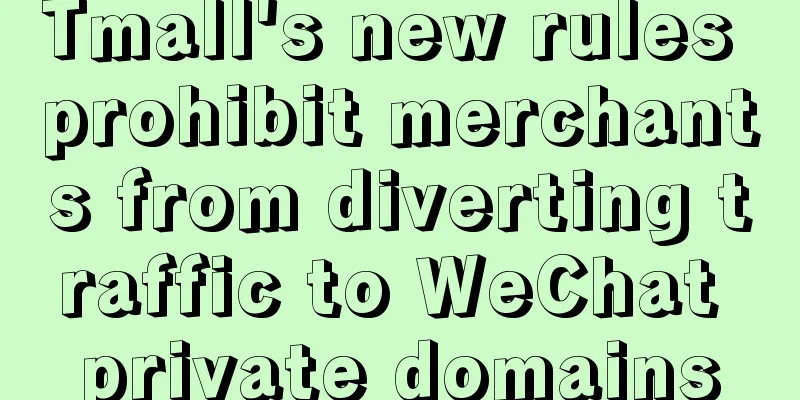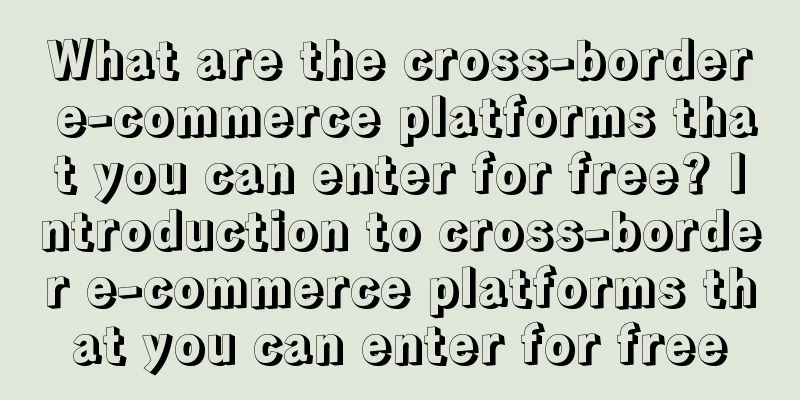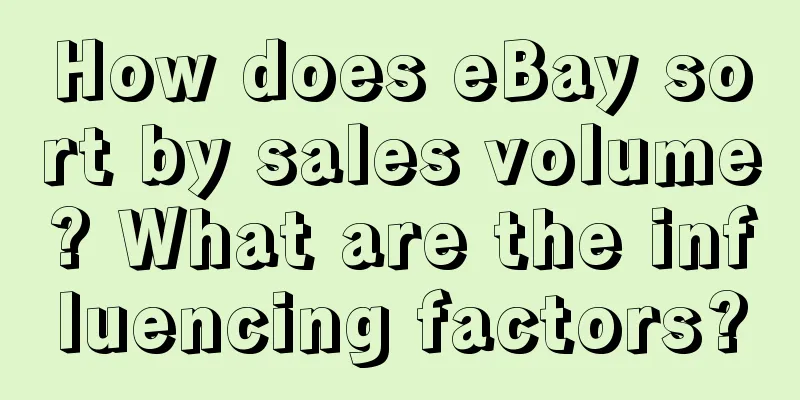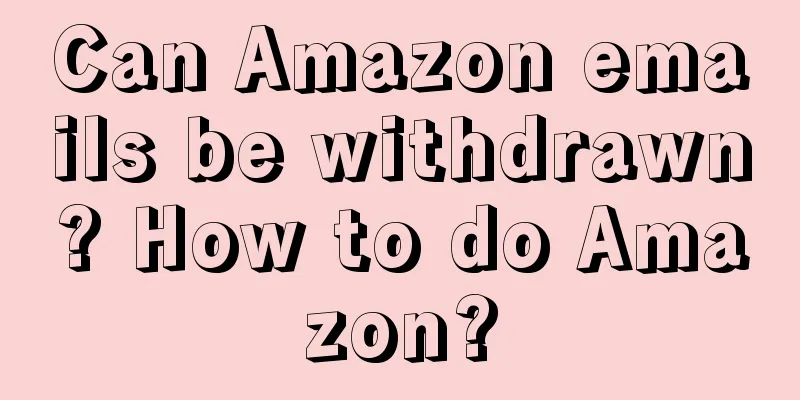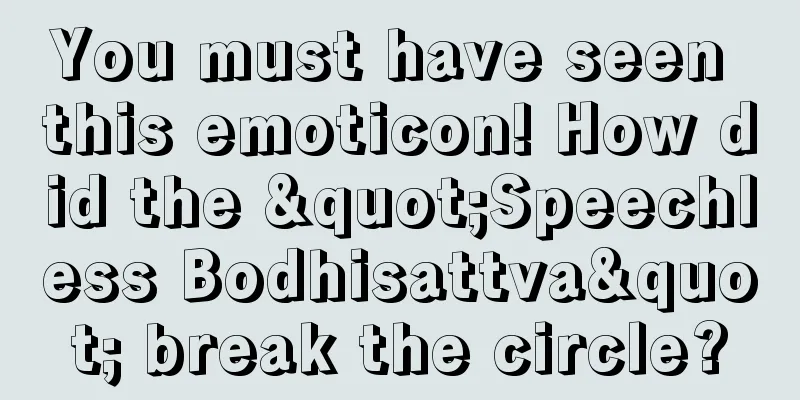Discussing the 3C strategic triangle model
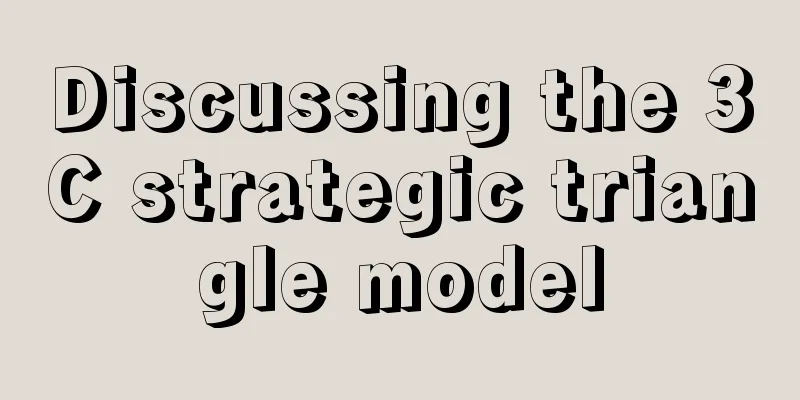
The core of the 3C strategic triangle model is to solve the business strategy issues of enterprises! The business strategy mainly addresses two major relationships: one is the supply and demand relationship, and the other is the competition relationship. The former first finds the demand and then satisfies it with products. The latter needs to pay attention to the relevant competitive environment because customers will compare when choosing products. The 3C strategic triangle model was proposed by Kenichi Ohmae, a leading figure in Japanese strategic research. He believes that when formulating business strategies, it is necessary to consider three major factors: the company's customers (Customer), the company itself (Corporation), and competitors (Competitor). A good model should have two major elements: universality and simplicity. The reason why we need models is to use the commonality of models to solve individual problems in scenarios, which requires models to have universal characteristics. A good model is like a principle, which is the most basic law with universal significance. At the same time, from the perspective of practical operation, we should also have the principle of simplicity. The great truth is simplicity, and the constant pursuit of essence is itself the logic of simplification. The 3C strategic triangle model integrates customers, companies, and competition into one strategy, which can be understood from the perspective of time, place, and people.
These three elements form a strategic unit and cannot be viewed one-sidedly. For example, if you only look at demand and not supply, it is a fantasy. If you only look at supply and not demand, it is like water without a source and a tree without roots. If you only look at yourself and not the competition, it is like building a car behind closed doors. Generally speaking, it is about seeking the logic of the greatest common divisor and finding the optimal solution where the three overlap and fit. The business strategy needs to be adjusted according to the situation during the process, because all three may change. Unless major factors change, the general direction will remain unchanged. The logic of strategic management lies in the unity of management strategy, ensuring that strategic goals and strategic directions do not change much. Because resources and opportunities are limited, they need to be unified. 1. Corporate CustomersThe prerequisite for business operation is to find the demand first. Customers are the basis of all strategies. This is the logic of leading from results to processes. Before doing anything, first understand why you do it and follow the Golden Circle Rule. We often say that companies need to solve the problem of supply and demand. First, they need to find the demand, and then the supply. Otherwise, it is like water without a source and trees without roots. You must first have a target before you can shoot an arrow. This is what we often say: customers first, companies second, and competition third. Just like Luckin Coffee uses the logic of beverages to make coffee, it studies what type of coffee consumers need. Santonban uses the logic of taste to compete with traditional instant coffee, and uses the logic of convenience scenarios/price advantages to compete with freshly ground coffee. At the management level, you also need to verify how big the market capacity of this demand is, what proportion you need to achieve, and which functions play a decisive role. Find the 1 and the 0 behind the functional combination. 2. The CompanyFrom the perspective of the company itself, two questions need to be answered. The first is what problem needs to be solved, that is, how to meet the demand from the supply side. Generally speaking, it is difficult and unnecessary for a company to occupy a leading edge in every functional area. The reality is that if you gain a relative advantage in a core function, you can also form your own moat. The second is to answer how to solve this problem. How to make good use of current resources and what resources need to be acquired in the future. This can be mainly viewed from the perspectives of products, pricing, channels, promotions, services, and R&D. For example, Midea has broken away from the logic of single product categories and focused on the integration of home appliances, which not only avoids direct competition with its competitors but also meets consumers' needs for integration. In addition, the attractiveness of the overall customer orders has effectively promoted sales by dealers. From the company level, the advantages you can gain are only relative, and advantages are dynamic and will change with internal resources and external environment. 3. CompetitorsThe logic behind looking at competition is that in addition to a company’s own products, demand is also influenced by the external environment, because customers need to make choices, which is also in line with the logic of customers “comparing products from three stores”. This is just like the college entrance examination. Whether you score high or low depends on how well everyone else does. In business, if you are good and the other party is better, then you are not good because you are not the only choice. If you are good and the other party is average, or you are average and the other party is worse, if this demand exists, then you are also good. The same is true for price. Whether it is cheap or not depends on whether the competitor is cheaper. Sometimes we say that heroes are made by the times, but it also depends on what kind of competitors you encounter. At the competition level, we can list three questions: what do you rely on to compete? Who do you compete with? How do you compete? 1. What is the basis for competition? Industry logicWhen entering an industry, the first thing you need to know is what the barriers are in this industry and what advantages you need to have in order to survive. For example, one of the core barriers in the cosmetics industry is brand power, because it affects consumers' decisions, so sales expenses have become a larger expenditure for companies. 2. Who you compete with is a question of your opponentAt the competition level, you need to identify who your competitors are, who your customers will compare you to, and what are the substitutes? 3. How to compete is a strategic issueWe can refer to Porter's three major competitive strategies to determine who to compete with: 1) Overall cost leadership strategy This is the unchanging essence in any industry. The logic of a healthy price war lies in the low-cost strategy. When facing buyers' pressure to lower prices, you still have the initiative. Low costs require that the company's operating efficiency is high enough. In the case of fierce industry competition, there is still room to avoid a catastrophe and thus cross the cycle. When the market is good, the book cash flow looks good, and when it is bad, there is still room to resist with price. To obtain this advantage, there are two main points: one is that the operating efficiency is high enough, and the other is the right to own a certain resource, such as patents and the priority right to obtain a certain raw material. 2) Differentiation strategy If total cost leadership means that value is similar but profits are higher, then the differentiation strategy is the difference in value, that is, providing unique products/services that customers recognize. For example, product performance, technical strength, customer service, channel convenience, or unique design/product image, etc. Usually, a company will have a certain advantage if it occupies one factor. It should be noted here that the differentiation strategy does not mean that the cost is not taken into consideration, but the overall cost leadership is not the main strategic goal of the enterprise. Because the company has a certain uniqueness in the value provision layer, the price sensitivity is relatively low. 3) Concentrated strategy The core of this strategy is to focus on the specific needs of a certain consumer group. The premise of the concentration strategy is that compared with competitors with a large-scale layout strategy, it is more capable of serving a relatively small number of people and specific needs. In the process, it can be differentiation or cost leadership, or both. In the selection concentration strategy, you can choose the target group where specific consumer needs are more painful, competitors are the weakest (or have not yet deployed), or the group that is least likely to be affected by substitutes. IV. ConclusionTo sum up the 3C strategic triangle model in one sentence, it is to meet customer needs through products while differentiating from competitors. Business strategy is about managing demand, from discovering demand to meeting demand and differentiating how demand is met. Author: Zang Feng; WeChat public account: Strategist Zang Feng |
<<: Digital Marketing is Actually a "CEO Project"
Recommend
Three situations of three "digging and digging kindergarten teachers"
"In what kind of garden, dig and dig, what ki...
Data tracking and user behavior analysis: Start with the end in mind and break it down layer by layer
Friends who are planning to read this article. Thi...
How to pay with Afterpay? How to use Afterpay?
Afterpay is an Australian payment technology compa...
What should I do if my Amazon store is linked? What does it mean when a store is linked?
When you open a store on Amazon, if you find that ...
It is normal for Xiaohongshu notes to have no traffic...
Why do my notes have no traffic? Why are my notes ...
Can one person run Shopee? How to do it?
Nowadays, more and more people realize that starti...
How many steps are needed to build a user search index system?
In daily life, search is one of the functions that...
How is Amazon's shipping fee calculated?
Many people choose to shop online to buy high-qual...
How do I log out of Facebook? How long does it take to log out of FanBook?
In the increasingly developed Internet era, social...
10,000 words sorted | 35 essential models for brand marketing strategy
This article summarizes 25 global classic models a...
Does shopping on Shopee require gas fees? How much does a seller have to pay for shipping?
The Shopee cross-border e-commerce platform has a ...
A quick way to increase followers through content | Increase your followers on a public account by 1,000+ in 15 days with this trick
Many people are worried about how to increase foll...
Can I only log in to Amazon with one computer? Can I only log in with one IP?
To open a store on Amazon, you need a computer. An...
What are the advantages of choosing the Brazilian site for Shopee? Introduction to the advantages of the Brazilian site
Shopee is also one of the cross-border e-commerce ...
Announcement on the launch of DHgate Russian Standard Special Line (General)-IML
In order to provide you with a better logistics ex...


